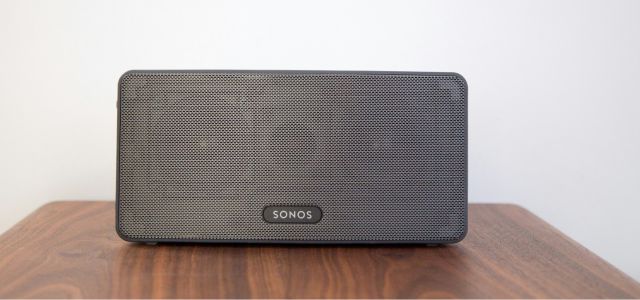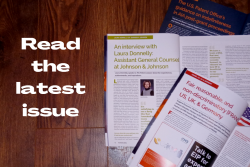In the much-anticipated appeal of Sonos v. Google, oral arguments recently unfolded before the Federal Circuit, involving the doctrine of prosecution laches. The district court decision surprised many, as it marked the first time prosecution laches had been used to render a post-1995 patent unenforceable. Judge Alsup had overturned a jury’s $32 million award against Google, deeming Sonos’ patent unenforceable under prosecution laches—an affirmative defense requiring (1) unreasonable delay by the patentee and (2) prejudice to the defendant.
Judge Prost cut straight to the second prong: “Where is the prejudice, given the court’s findings and conclusions?” If the patent was invalid due to lack of written description or addition of new matter, Google doesn’t owe damages—thus, no prejudice.
The patent showdown and trial
To simplify complex issues at trial, Judge Alsup introduced a “patent showdown.” The parties limited their argument to one representative claim—Claim 1 of US Patent No. 10,848,885, presenting their strongest arguments in cross motions for summary judgment. Sonos moved for summary judgment of infringement, and Google moved for summary judgment of non-infringement and invalidity. Ultimately, Sonos’ motion was granted and Google’s motion was denied. At trial, the jury determined that the ‘885 patent was valid and awarded Sonos $32M in damages for infringement of the ‘885 patent.
Post-trial
Although the parties agreed to resolve any remaining affirmative defenses post-trial, Judge Alsup’s post-trial order marked a dramatic shift. Despite initially siding with Sonos on written description, he reversed course upon reviewing a more complete record.
Claim 1 describes “overlapping zone scenes,” which are saved groups (“zone scenes”) of wireless zone players that play music in synchrony, and where a zone player can be a member of two or more groupings (“overlapping zone scenes”).
Sonos pointed to the following sentence in its summary‑judgment reply brief as providing support for overlapping zone scenes, which Judge Alsup relied on to find adequate description in his pretrial order.
“The list of zones in the user interface 520 includes ALL the zones in the system, including zones that are already grouped.”
But it came out at trial that this sentence wasn’t part of the 2006 provisional application—or any application in the priority chain. Instead, Sonos added it by amendment to the specification in August 2019, after the filing date. Sonos then claimed that the added sentence was supported by the UI document presented at trial, which they asserted was identical to Appendix A of the provisional application.
However, Judge Alsup later discovered that two crucial statements had been omitted from Appendix A of the provisional application, indicated in bold below.
- “‘Party Mode’ that currently ships with the product is one example of a Zone Scene.“
- “The Zone Scene feature allows the user to arrange the zones into groups using one single command. This is similar to the current Party Mode setting that is available.“
That revelation unraveled the court’s prior conclusion regarding the written description.
At trial, Sonos presented a UI document showing three zone scenes: “party mode,” “morning wakeup,” and “garden party.” “Party mode that currently ships with the product” referred to Sonos’ 2005 prior art system, which grouped all zone players. By implication, the other scenes included subsets of those players, demonstrating overlap. But without the omitted statements explaining what “party mode” is, Appendix A lacked even implicit support for overlapping zone scenes.
Judge Alsup vacated the portion of the pretrial order on written description and found that Google’s accused products anticipated the ’885 patent due to the introduction of new matter. However, introducing new matter after the application’s filing date renders a patent invalid—not anticipated. Although Google didn’t raise “new matter” as a post-trial defense, Sonos highlighted this omission during oral argument, arguing that the invalidity defense was forfeited.
Because oral arguments focused on written description and new matter, those issues appear ripe for reconsideration in a new district court trial—potentially sidestepping the prosecution laches issue altogether.

Written by Kimberly Vines
Patent Attorney, Stites & Harbison, PLLC
You may also like…
Clarivate announces the development of IPfolio Law
Clarivate, a leading global provider of transformative intelligence, today announced the development of IPfolio Law,...
Panasonic Automotive Systems joins Open Invention Network to bolster open-source software development
Panasonic Automotive Systems (PAS) is a leading global provider of advanced technologies, such as infotainment...
Anaqua unveils AI-powered management solutions
Organizations often begin their intellectual property (IP) journey by examining AI-enhanced point solutions. While...
Contact us to write for out Newsletter














